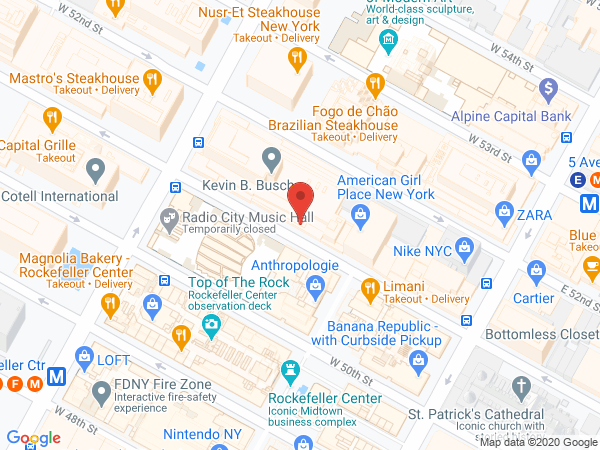Morton's Neuroma Injections
Make an Appointment
We have locations throughout Manhattan and Westchester. View all locations and contact info.
Morton's neuroma is a painful foot condition that affects the ball of your foot. It happens when the tissue thickens around one of the nerves leading to the toes. People with Morton's neuroma often have the feeling of a pebble in their shoe. You may also feel a burning pain in the ball of your foot, or toes that burn or feel numb.
If you are suffering from Morton's neuroma, your doctor will most likely suggest some lifestyle changes, such as wearing comfortable shoes and adding an insert. To help the pain, a corticosteroid or alcohol injection may also be recommended.
Musculoskeletal radiologists use ultrasound to provide precise injections for people with Morton's neuroma. Our experts perform hundreds of image-guided procedures each year, providing relief for Morton's neuroma and many other conditions.
What to Expect From a Morton's Neuroma Injection
We use ultrasound to diagnose and treat Morton's neuroma. The real-time images help us reach the exact location of the nerve. Ultrasound also helps us to see other foot issues that may be causing you pain, such as bursitis or tendon issues.
There are two types of injections for Morton's neuroma:
- Corticosteroid injections reduce inflammation by injecting a steroid medication into the area of the neuroma. These injections can be performed several times a year.
- Alcohol sclerosing injections reduce the size of the neuroma by injecting alcohol into the area of the neuroma. Usually four to seven injections are given over one or two months.
What will happen during the procedure?
When you arrive at our office, you will be escorted to the procedure room. We will clean the area of the foot that will receive the injection and apply a numbing medicine.
We will then apply a small amount of warm gel to the area. The sonographer will glide the ultrasound transducer (wand) over your skin to capture images of the tissues in your foot.
Using the images, our radiologist will pinpoint the location of the neuroma. We will then insert a needle through the skin on the top of your foot, and administer the medication. You may feel momentary pressure or discomfort from the injection. The entire procedure takes about twenty minutes.
Are there any risks?
Corticosteroid and alcohol injections are generally safe. Rarely, an allergic reaction to the steroid medication may occur.
Frequent, repeated steroid injections to the same area can cause weakness of the bone, ligaments, and tendons. The number of injections should be limited to two or three per year.
After the procedure
You will be able to go home after the injection. You will rest your foot for the rest of the day. If you have received a steroid injection, you should not run or jump for two weeks after the procedure.
You may feel immediate pain relief from the local anesthetic and then a return to your usual level of pain when it wears off. Pain relief from the steroid may take a few days. Pain relief from alcohol may not occur until several injections have been administered.
It is normal to have a small amount of redness or swelling around the area of the injection. You can apply an ice pack to the area for 20 minutes, two or three times a day.
